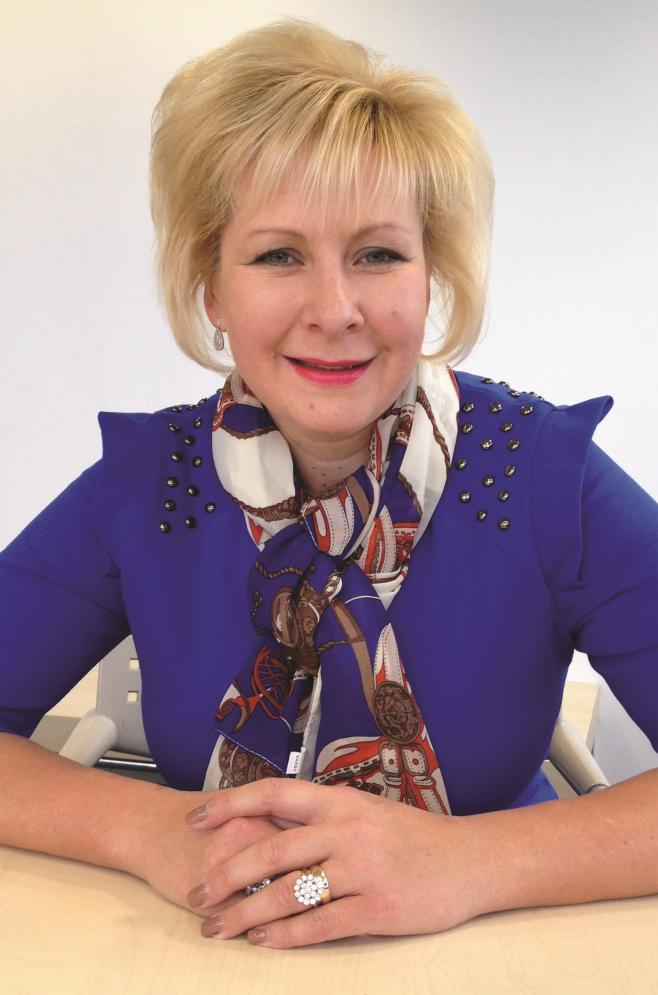You are here
Reaching an important milestone in the Nursing Associate journey
28 January 2019

With registration with the NMC now open for qualified Nursing Associates, Professor Lisa Bayliss Pratt, Chief Nurse and Interim Regional Director for London, Health Education England looks back at the process of developing this role and the backgrounds and qualities of trainees she has met over the last two years.
Today we reach an important milestone as the first ever nursing associates join the health and care workforce as registered professionals.
When I look back at the speed and pace at which the role has flourished, I marvel to think that it’s less than five years since Lord Willis of Knaresborough, Jackie Smith, then Chief Executive of the Nursing and Midwifery Council, and I began our work to explore the future education and training needs of the nursing workforce.
Bridging role
As we talked to people across the health and care system, the need for a bridging role between support workers and registered nurses was something that came up again and again in our conversations. As a result, Lord Willis reflected this in his 2015 Shape of Caring Review (Raising the Bar) and so began the journey that eventually led to the birth of the nursing associate role.
Since the first 1,000 trainee nursing associates started in January 2017, I’ve been lucky enough to meet many of them up and down the country (we now have around 7,000 trainee nursing associates/nursing associates in total!). I am forever in awe of their professionalism, enthusiasm and drive and always fascinated to hear their disparate and diverse stories. One trainee told me the other week that he wants to be a Director of Nursing, while another told me that she doesn’t want to become a registered nurse – she wants to remain a nursing associate. Our oldest trainee nursing associate is in his sixties and on his third career, following twenty years in the RAF and twenty years working on the ambulances. And I was so inspired by one individual’s journey from banking to trainee nursing associate that I wrote about it on my LinkedIn blog
Recognised standard
The opening of the register marks the beginning of a new chapter in this trajectory. Registration means that patients and the public can be confident that the nursing associate providing their care has been trained to a recognised standard. It means that nursing associates can be proud that they are accountable to a code of conduct, national standards and revalidation, just as a registered nurse is, in order to maintain their registration.
Our new nursing associates will be a vital part of the wider health and care team, providing valuable support to registered nurses and enabling them to focus on more complex clinical duties. They will work in a range of settings: in hospices, community nursing teams and nursing homes, and in acute inpatient, mental health, learning disability and offender health services, a mix that has also been reflected in their training settings.
I want to thank all the nursing associates and trainee nursing associates across the country for being pioneers, as well as the Directors of Nursing who have invested time and energy into the role and the nurses and supervisors supporting them. And who could forget the education providers, who have worked collaboratively with employers to create our important test site partnerships – a big thank to you too!
On this important day, we should all take stock and be proud of just how far we have come.
This Page was last updated on: 28 January 2019